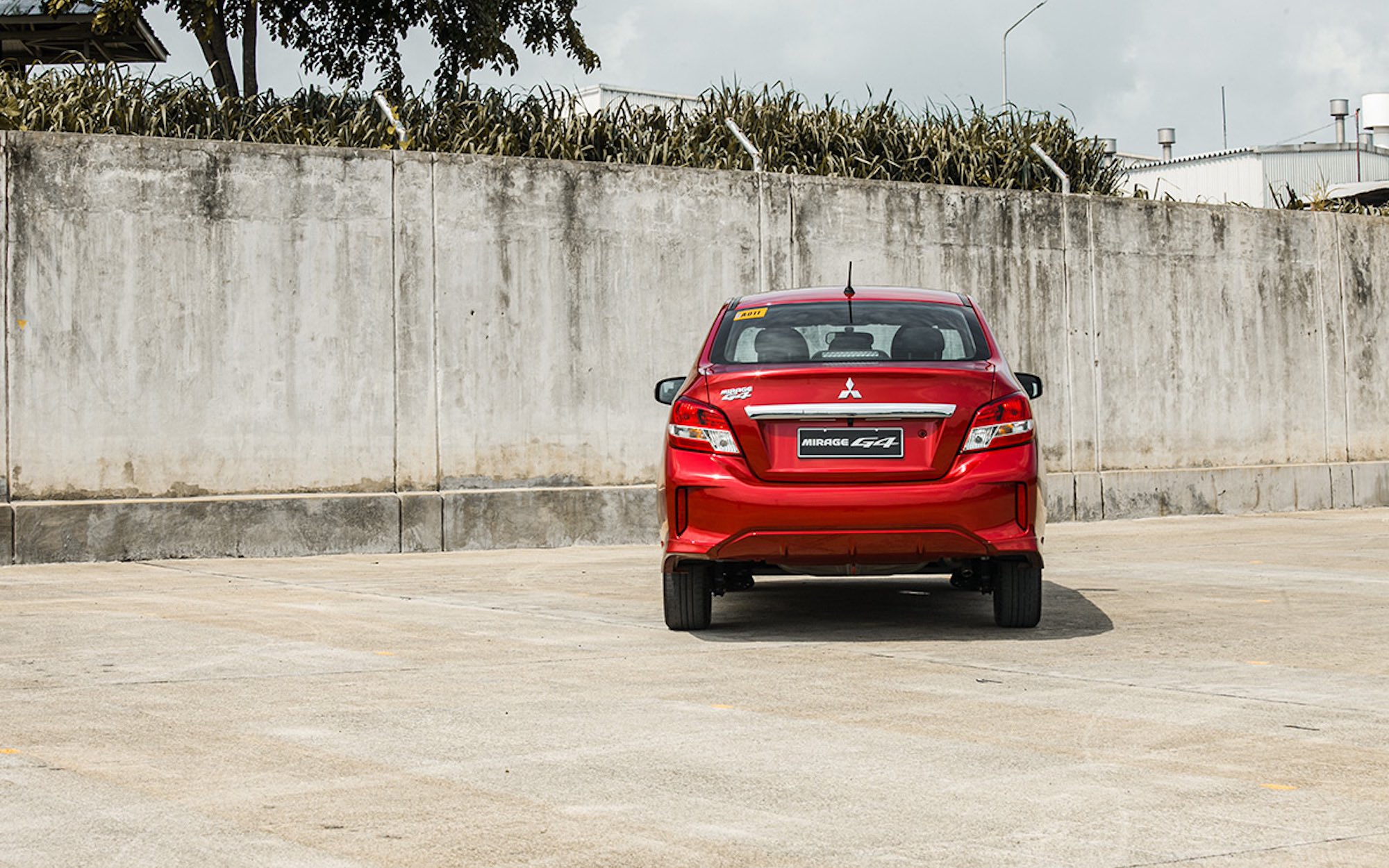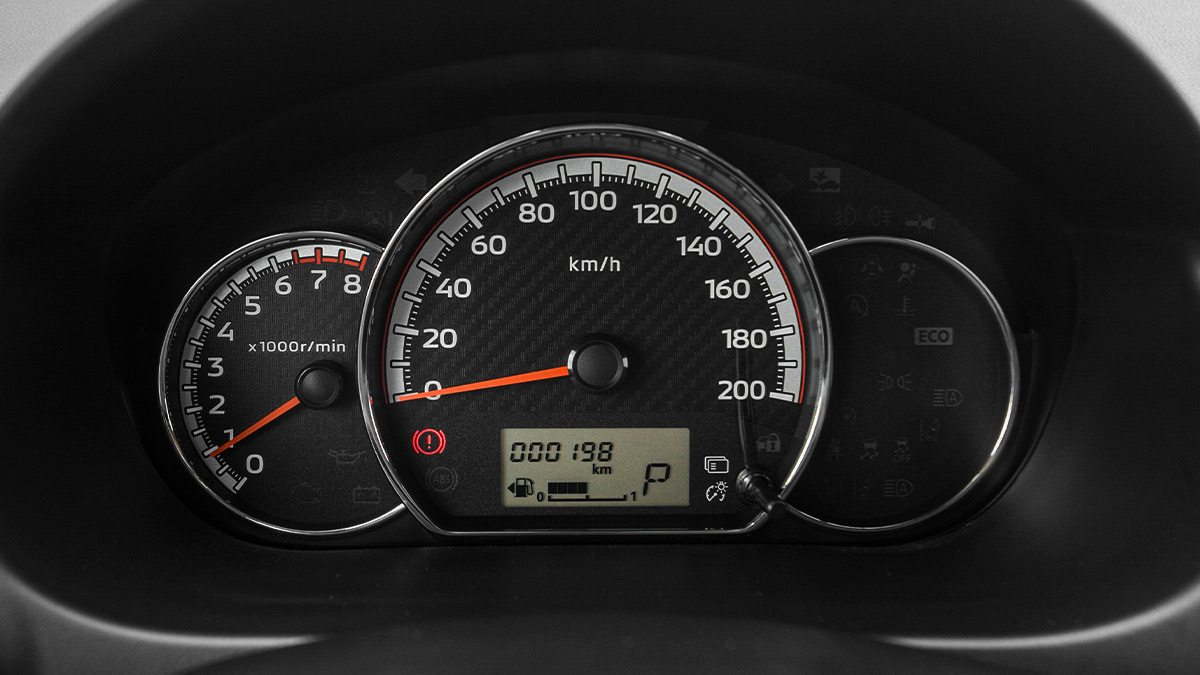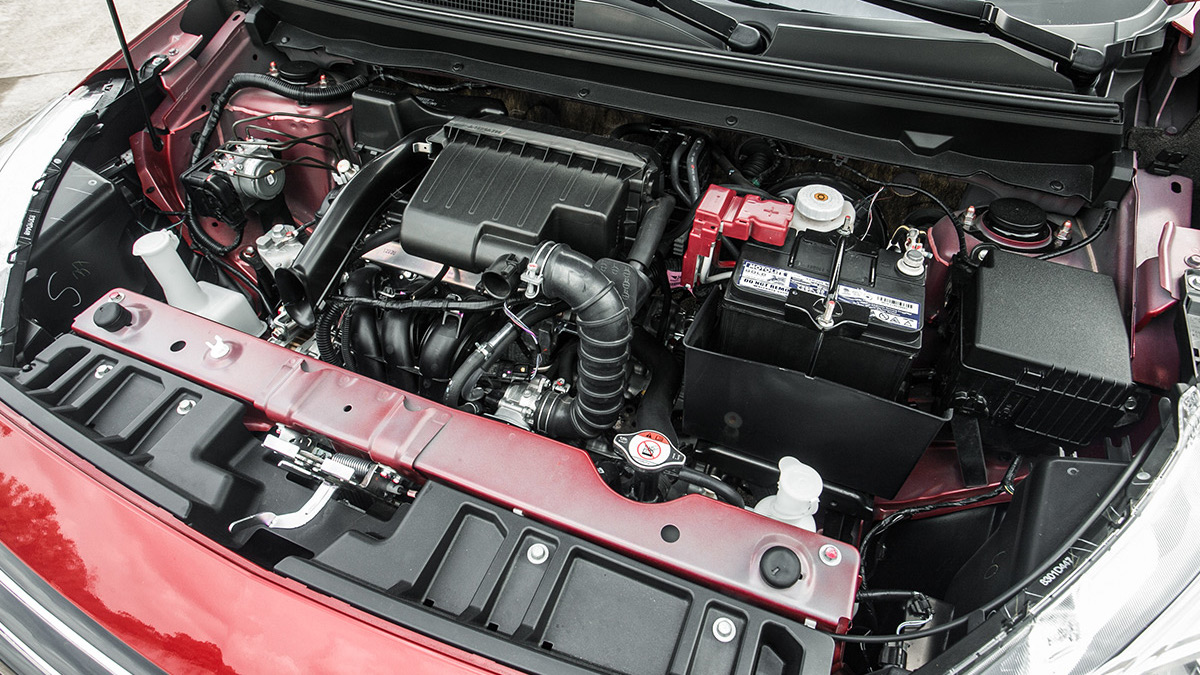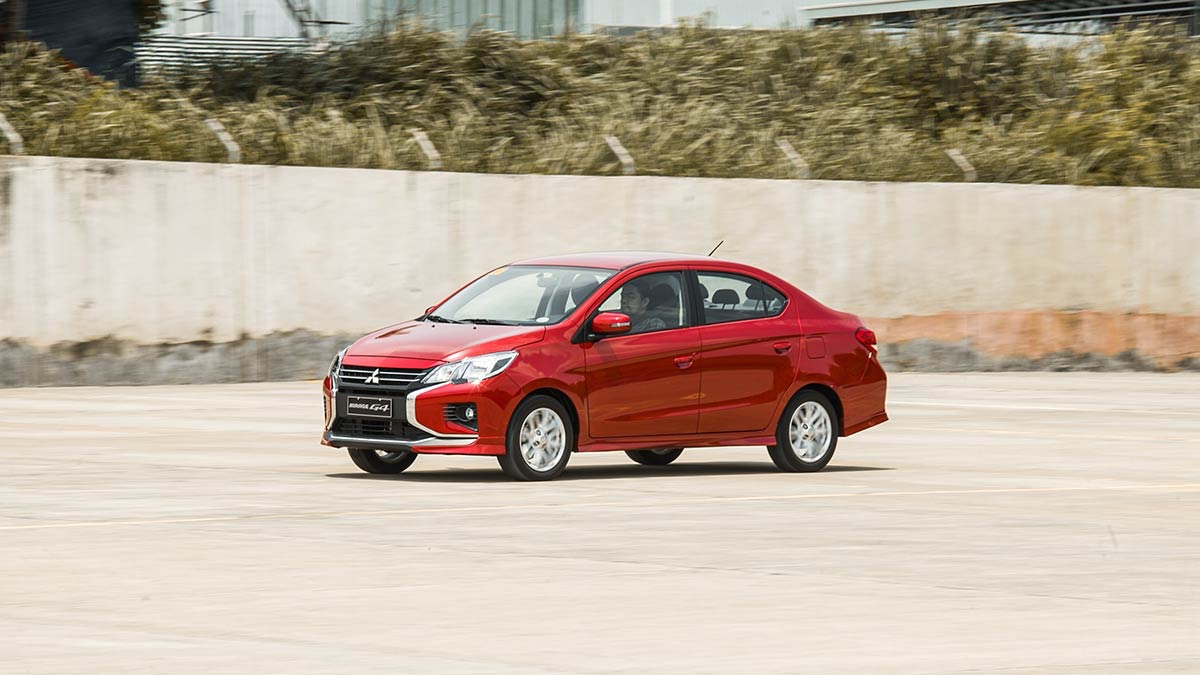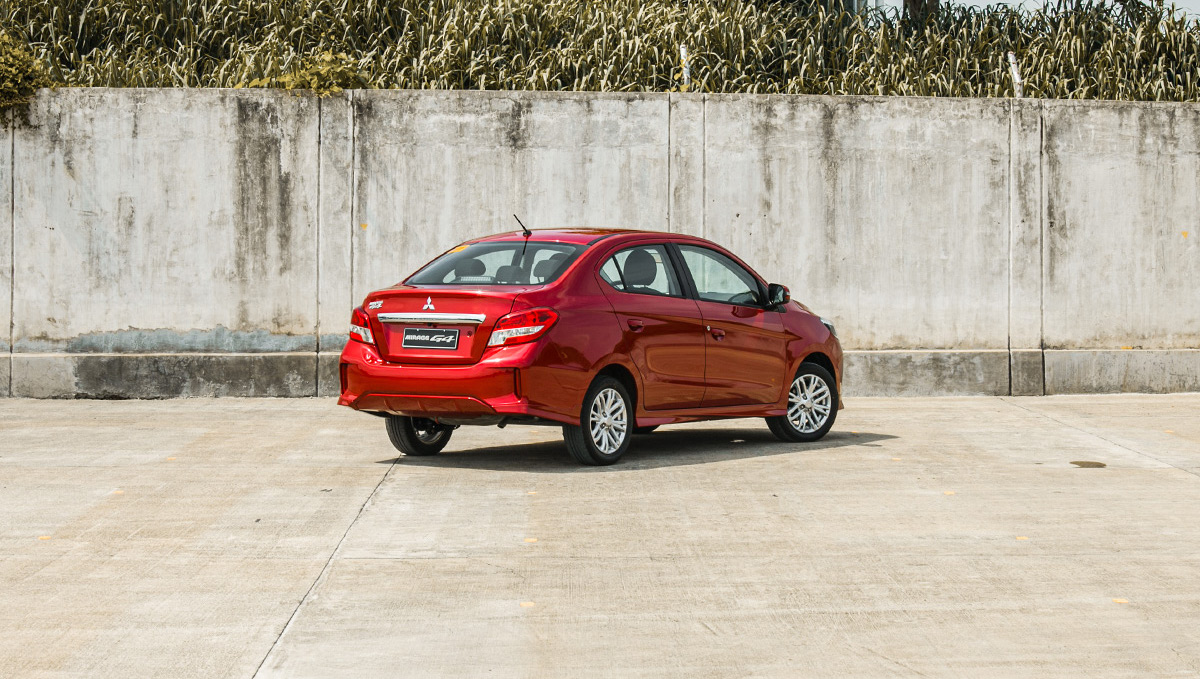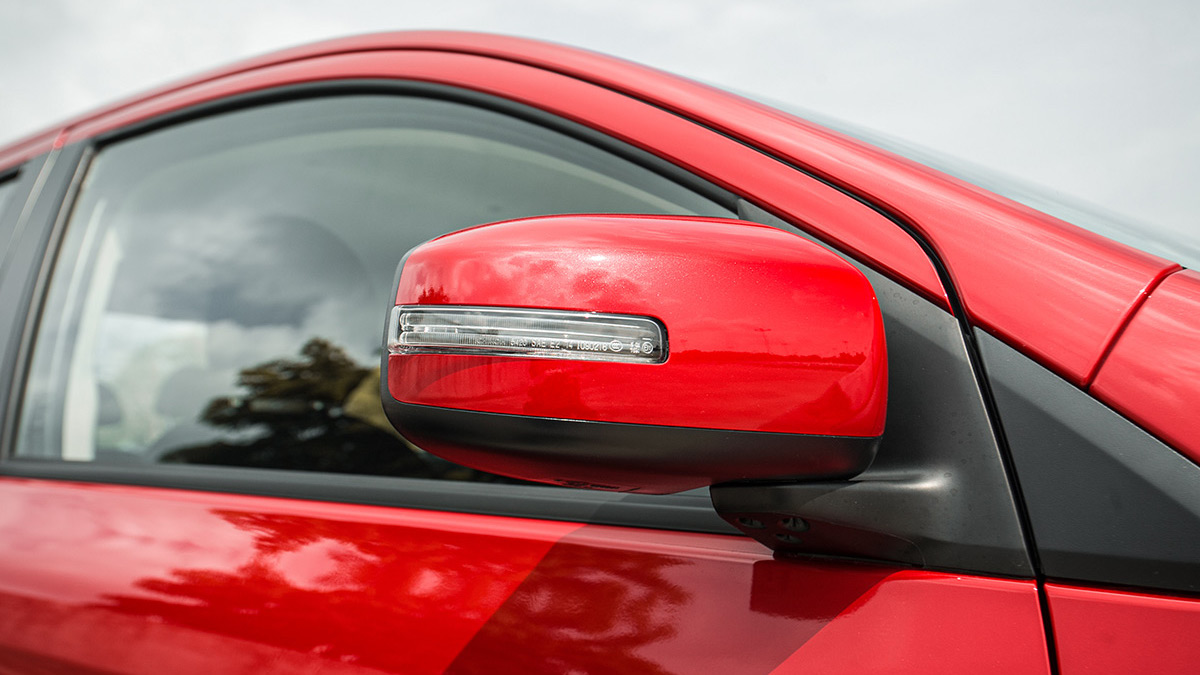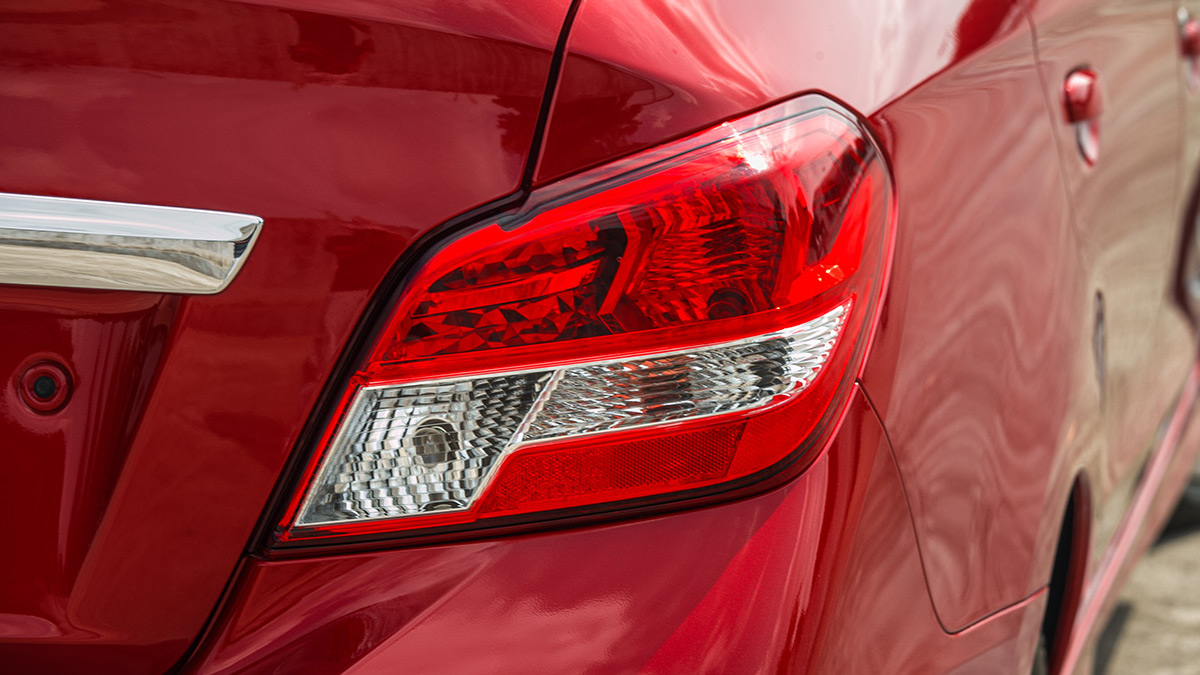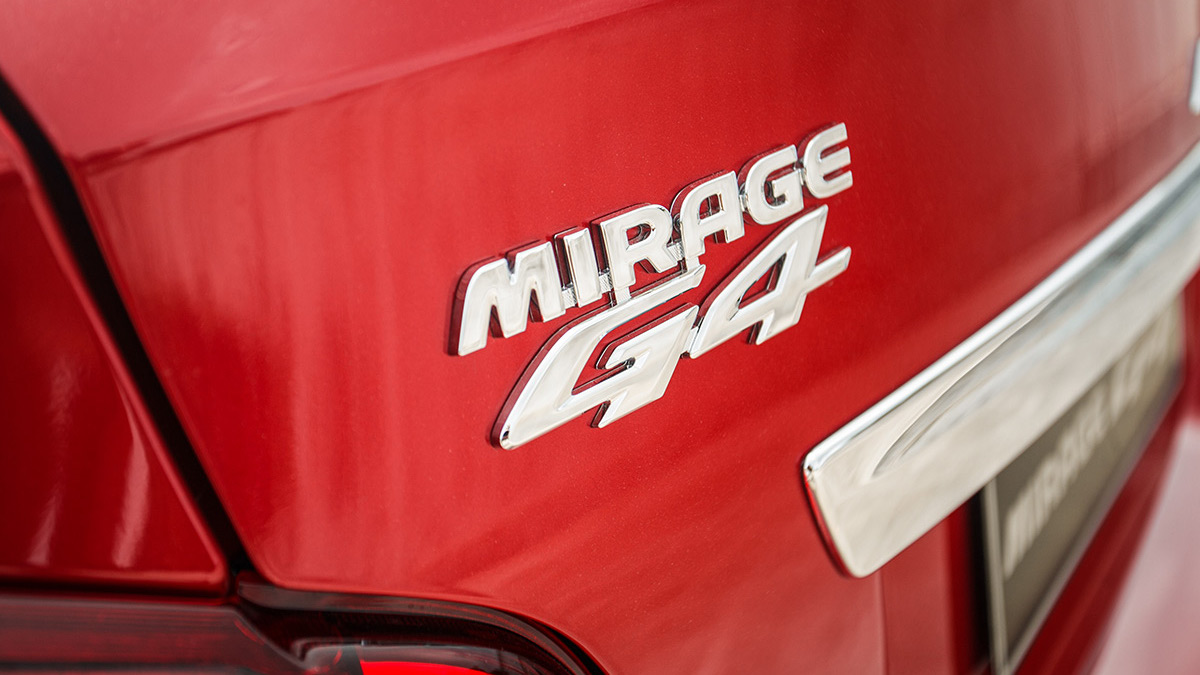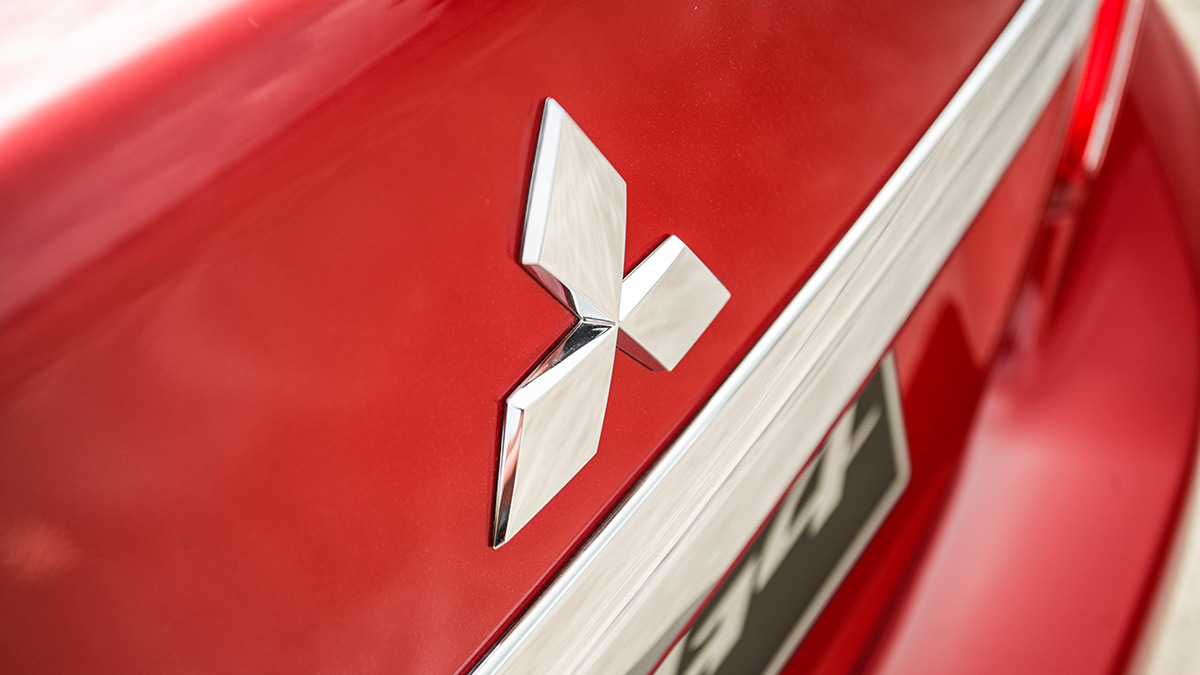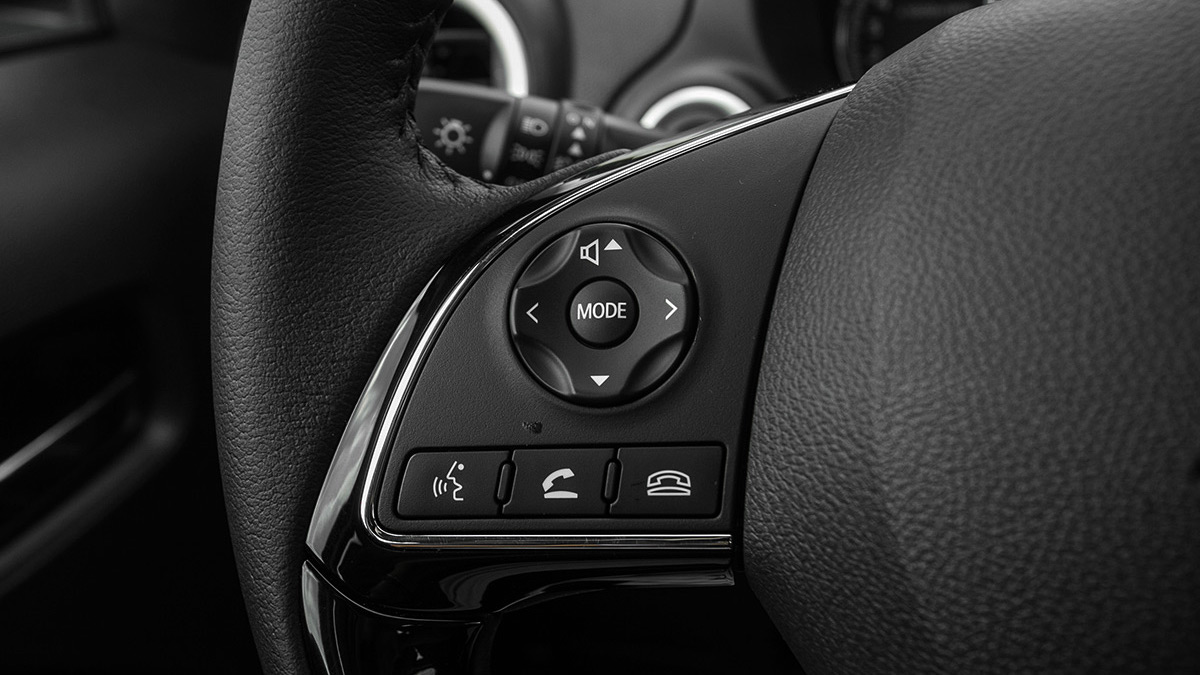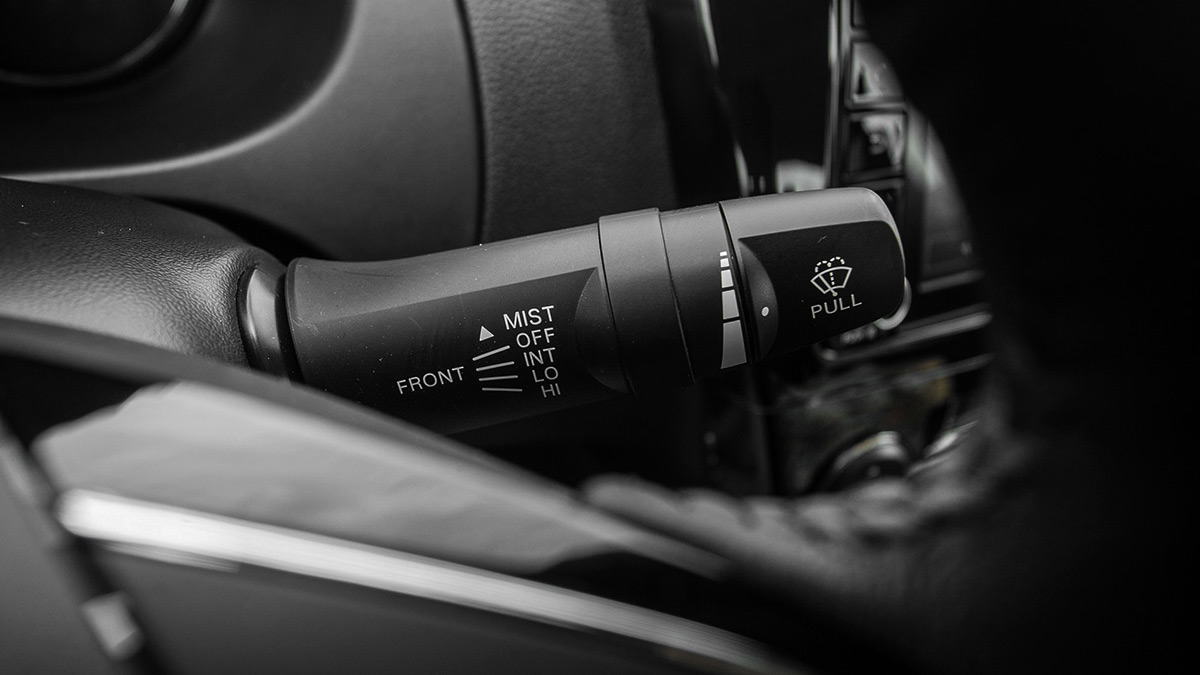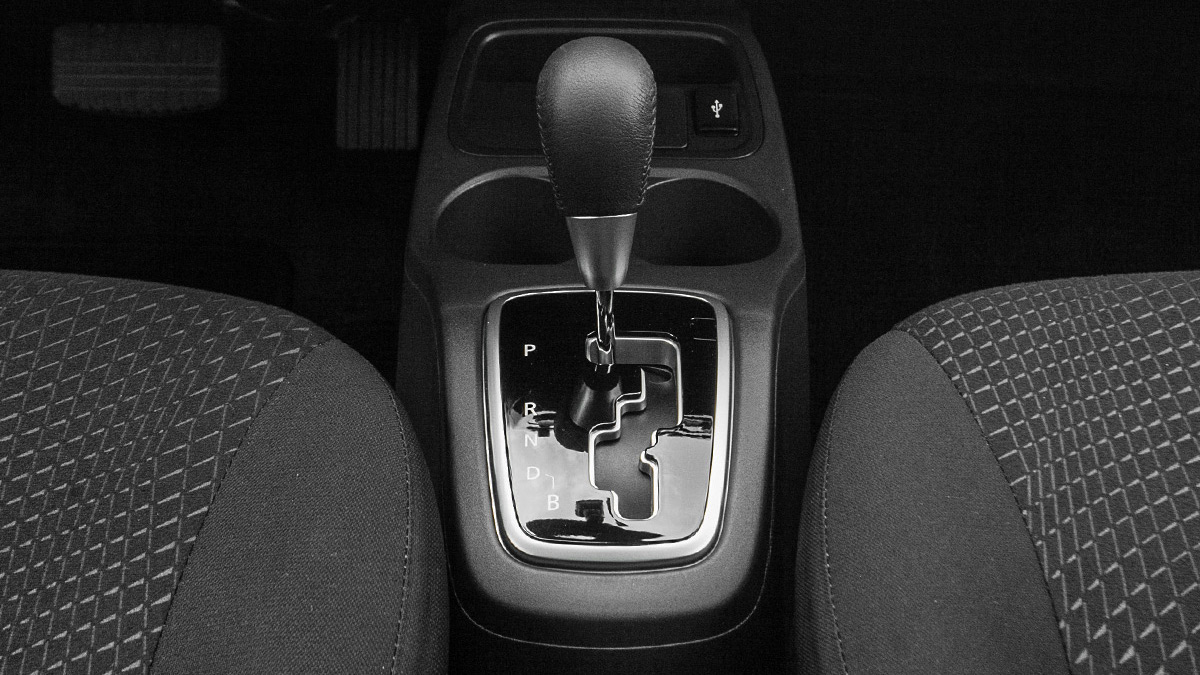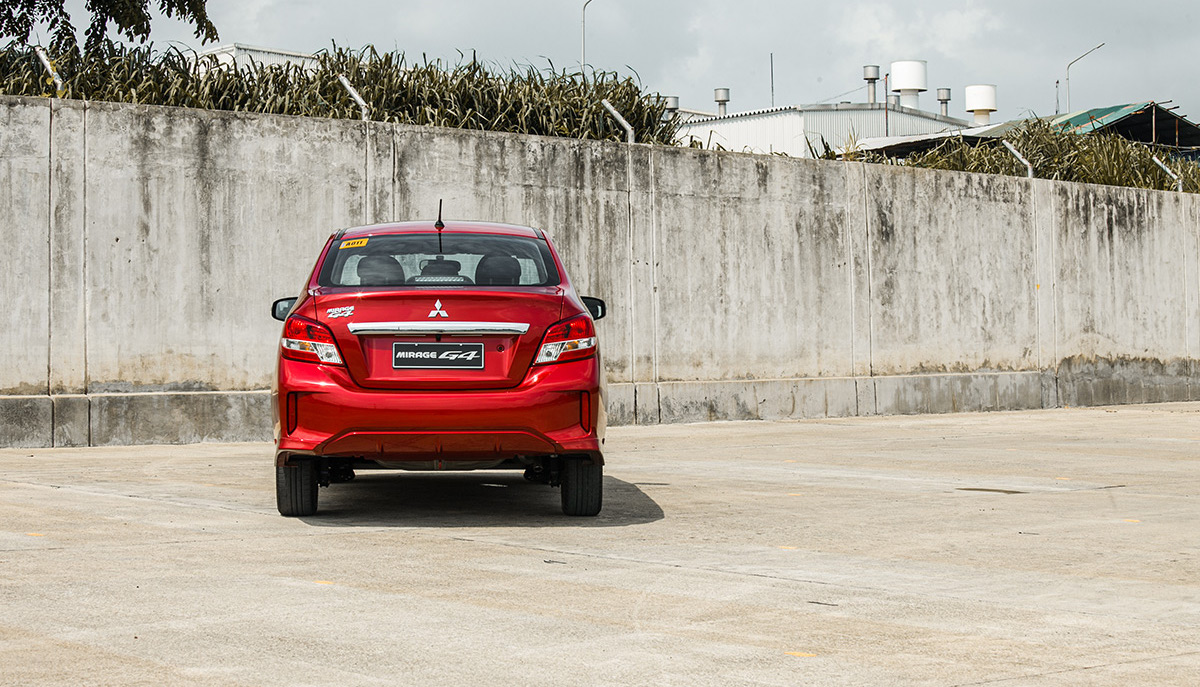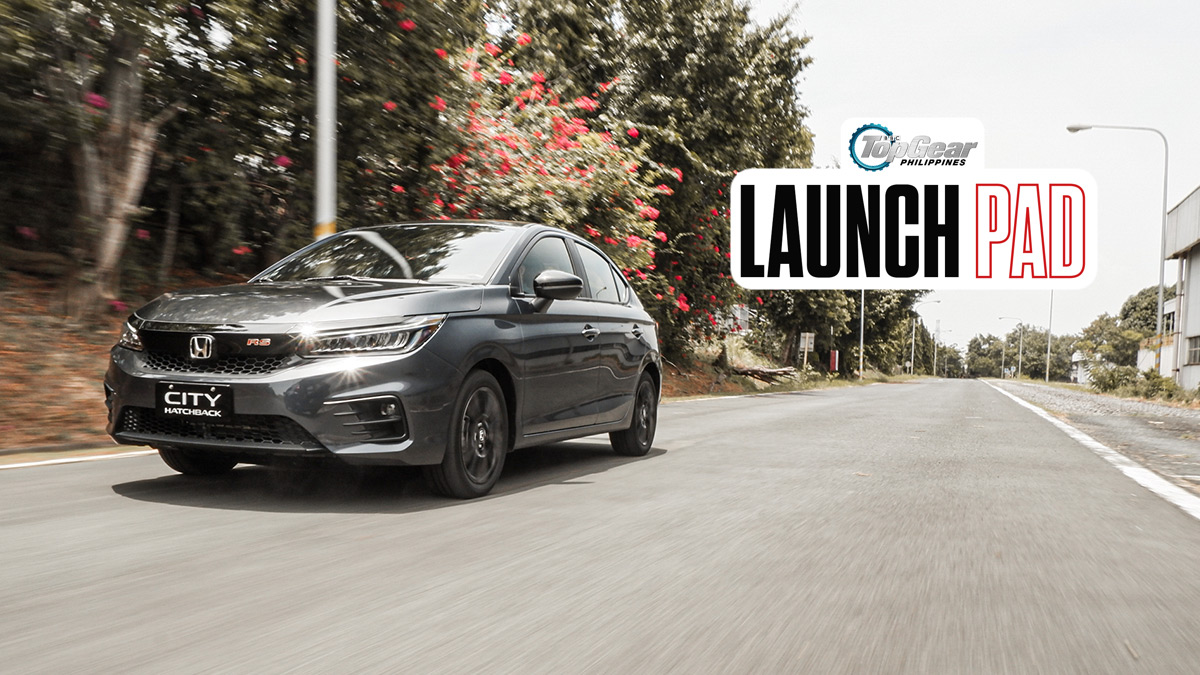There’s no denying that 2020 was a bloodbath in terms of automotive sales. Well, a bloodbath in terms of business, in general. But there is light at the end of the tunnel. Whether it’s an exit sign or yet another roadblock, we’re not quite sure yet, but the automotive industry is rebounding from its yearlong slump as people get back to work. Which means people need wheels, and now have the money again to buy new cars.
And over the past year, many of the few cars actually sold had the familiar triple-diamond badge, the ‘mitsu-bishi,’ plastered to their front end. One of the cornerstones of the brand’s sales success is the Mirage, a subcompact economy car whose fuel economy is second to none, and which is one of the few cars actually produced in the Philippines in volume. But as the market opens up once again, can the new Mirage-based G4 hold its position in an increasingly crowded and crossover-addicted market?

